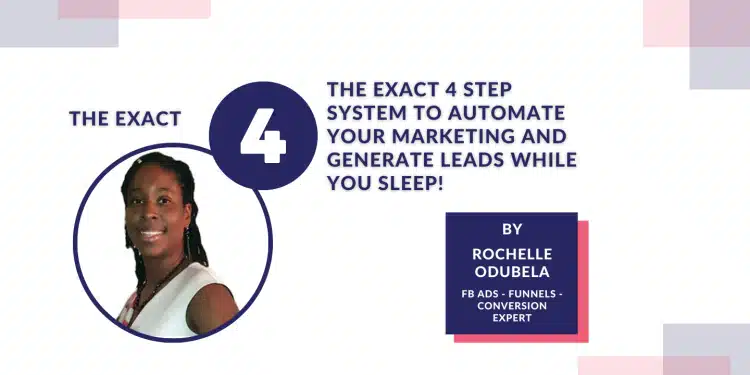According to Moz “SEO is the practice of increasing the quality and quantity of traffic to your website through organic search engine results”. This is vital for any business with... Read more
Category: Marketing
How to Use the Art of Storytelling on Social Media
One of the most compelling social media marketing strategies for any business has been around since the dawn of time: storytelling. Predating the modern digital era storytelling was practised by... Read more
12 ways to write a blog post and make it insanely popular
For years now, people are disturbed about how difficult it is to write amazing blog posts. And yeah, let’s be honest… it’s REALLY freaking hard to get noticed out there.... Read more
How to write an effective headline
Writing a good and well thought out headline is vital for catching the eye of your audience. With this being the case, it is also important to understand that headlines... Read more
If you share dog pictures, you’re not a professional!
Picture it, a beige boardroom, with monotonal furniture, 'inspiring' wall-art of quotes like 'Teamwork makes the Dream work' and 'The harder you work, the luckier you will be'. There is... Read more
How to start with the Yoast SEO? Easy! SEO tutorial for beginners.
What is Yoast SEO? Yoast SEO handles search engine optimization. It is particularly useful because it provides premium SEO at a level that users can understand easily (without extensive backgrounds... Read more
Top tips for Corporate Networking
People invest time into networking for a multitude of reasons. Be it for Business Development, raising investment, for recruiting purposes or just to get to know peers in their industry.... Read more
The perfect place for B2B content marketing and guest blogging? It exists!
The Importance of Digital Marketing for B2B Businesses In this day and age, it is essential for B2B businesses to adopt modern marketing channels to ‘keep up’ with competitors. Great... Read more
How Expert Circle can aid business blogging and content marketing for you and your business
What is Expert Circle? Expert Circle is a favourable resource for content marketers with elements of a social media network. It is a blogging platform, and content marketplace merged into one.... Read more
The 11 benefits of guest blogging
Do you want to have more visibility online? It is important for you to improve your SEO? Do you want to position yourself as a thought leader? If you said... Read more
Hassle-free Phone Lead Attribution for Marketers
Attributing telephone leads shouldn’t be a headache. But it often is. What works for one marketer might not work for you. For example, you might not have access to your... Read more
How does Expert Circle benefit YOU when using the portal?
Expert Circle has been designed to help you grow with your personal and professional interests around business, marketing and leadership and reach your full potential. As a member, you are given a... Read more
Building your brand through content
Learn how to start building your brand through content As more and more businesses adopt content-led marketing, target audiences are becoming increasingly discerning. Salary surveys, which for so long were... Read more
Social Media posts for start-ups: Best Practices for beginners
While Social Media Marketing Strategy is not a new thing, and most of us have our personal social media accounts, starting social media marketing for a business is a bit... Read more
Your GDPR Checklist: How to check you GDPR is correct
View the below the GDPR checklist and check that your company complies accordingly Does GDPR apply to me territorially? It does if you process personal data about EU/UK resident –... Read more
GDPR for Marketers: all you need to know
What is the GDPR The General Data Protection Regulation (GDPR) has been put together to protect the privacy and data of EU citizens. It replaces the Data Protection Directive 95/46/EC... Read more
Network Heaven
How do you get the most out of networking events? Firstly, one has to decipher the purpose of attending the event and 8 times out of 10. When the primary... Read more
3 tips in selecting the right digital agency for YOU!
There are around 25,000 digital marketing agencies in the UK, choosing your perfect agency can be tough. Do you work with a team of freelancers, a full-service agency, a niche... Read more
The Exact 4 Step System to Automate Your Marketing and Generate Leads While You Sleep!
Are you tired of relying on referrals to get more clients? Do you feel overwhelmed by all the options out there to attract clients in a systematic way? If so,... Read more
How to Make Inbound Marketing Work for You!
Many organisations are seeing significant ROI as a result of their marketing strategies, but for others, this is a pipedream Where are they going wrong? Many business owners will have... Read more
























